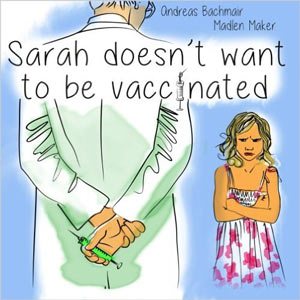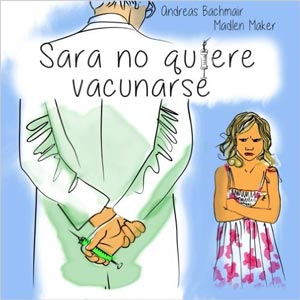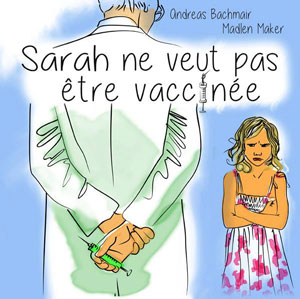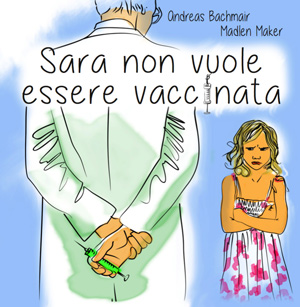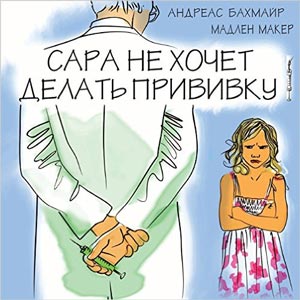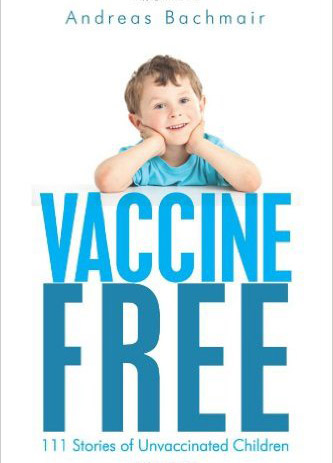Tuberculosis Vaccination
Vaccine
The vaccine contains pathogens of cattle that has been infected with tuberculosis; living but weakened. The additional agents usually include aluminiumhydroxid,-phosphate or other compounds.
Immunity
Tuberculosis vaccinations only generates very low levels of immunity. A large trial conducted by the WHO (World Health Organization) showed that people who were vaccinated contract TB much more frequently than those who have not been vaccinated.
This is why the vaccine is no longer recommended officially.
Until 1998 there was an active human vaccination with an attenuated mycobacterial vaccination stem (BCG) against tuberculosis. It was in 1930 when the vaccine was in introduced that the Lübeck accident happened. The BCG-culture, which had been obtained in
Side effects, vaccine complications and vaccine damages after tuberculosis vaccinations
Among others: abscesses around the spot where the person was vaccinated (2-4%), swelling of the lymph nodes (up to 24%) and suppurations (0.1-4.3%). Side effects also include inflammation of the bone and bone marrow (according to the strain 0.1-30:100 000 vaccinations). There have also been reports of meningitis and the eyes being affected. (Impfreaktionen, Quast, Thilo, Fescharek, HippokratesVerlag 1993,)
It can also result in a weakening of the immune system which the WHO trial (described above) clearly shows.
In a more recent trial with animals it was determined that repeated vaccinations with BCG can lead to an early death of the laboratory animals as a result of multi-organ breakdown (Basaraba RJ, Izzo AA, Brandt L, Orme IM.Decreased survival of guinea pigs infected with Mycobacterium tuberculosis after multiple BCG vaccinations.Vaccine. 2005 Sep 6)




